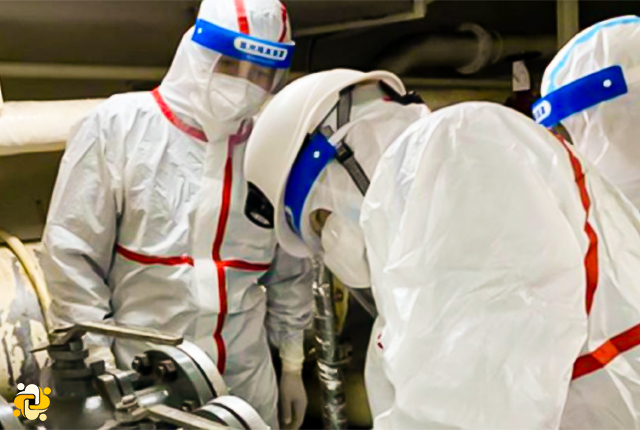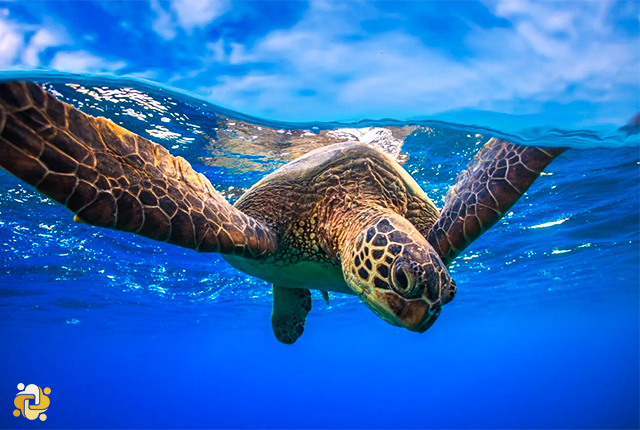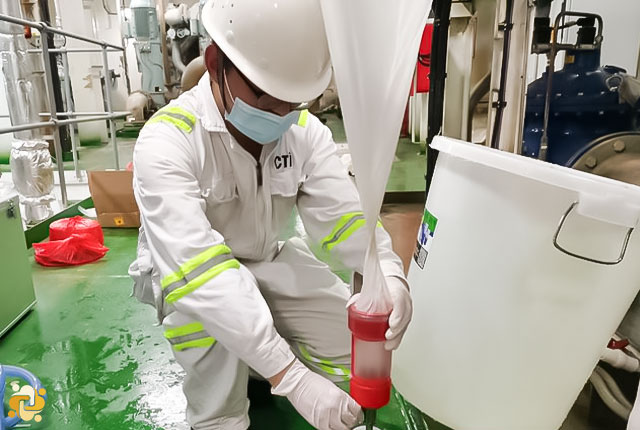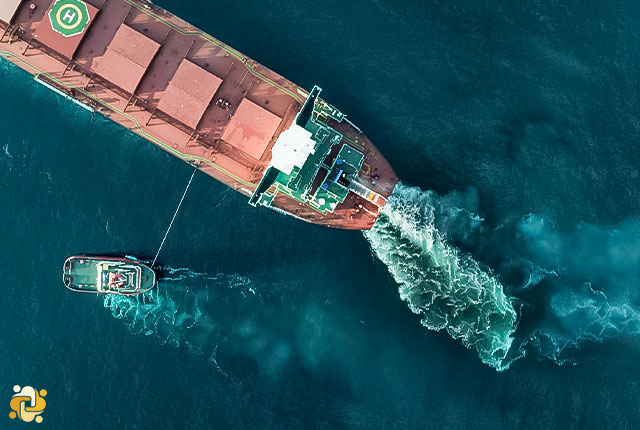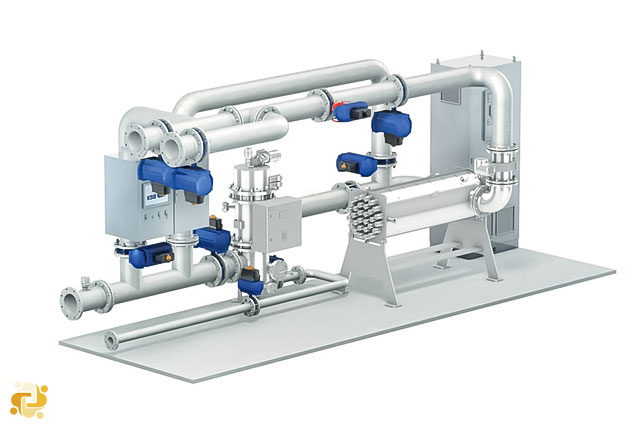
Shipboard Testing of Ballast Water Management Systems
2023-01-28 19:26
Introduction
The BWMS should be compliance with all the below test requirements:
- Shipboard tests
- Land-based testing
- Vibration tests
- Temperature tests
- Humidity tests
- Tests for protection against heavy seas
- Fluctuation in power supply
- Inclination test
- Reliability of electrical and electronic equipment
Regarding above, we need to define two expressions, here. Land-based Testing & Shipboard Testing.
Land-based Testing is a test of the BWMS carried out in a laboratory, equipment factory or pilot plant including a moored test barge or test ship, according to IMO Guidelines, to confirm that the BWMS meets the standards set by regulation D-2 of the Convention.
Shipboard Testing is a full-scale test of a complete BWMS carried out on board a ship according to IMO Guidelines, to confirm that the system meets the standards set by regulation D-2 of the Convention.
In this article, we try to express the shipboard testing as the final step in receiving the type approval certificate by taking the IMO guidelines.
Background
The requirements of the Convention relating to approval of ballast water management systems used by ships are set out in regulation D-3.
In addition, Regulation D-2 stipulates that ships meeting the requirements of the Convention by meeting the ballast water performance standard must discharge:
- less than 10 viable organisms per cubic meter greater than or equal to 50 micrometers in minimum dimension;
- less than 10 viable organisms per milliliter less than 50 micrometers in minimum dimension and greater than or equal to 10 micrometers in minimum dimension; and
- less than the following concentrations of indicator microbes, as a human health standard:
- Toxicogenic Vibrio cholera (serotypes O1 and O139) with less than 1 Colony Forming Unit (cfu) per 100 milliliters or less than 1 cfu per 1 gram (wet weight) of zooplankton samples;
- Escherichia coli less than 250 cfu per 100 milliliters; and
- Intestinal Enterococci less than 100 cfu per 100 milliliters.
In the next section, we will discuss on the required information which to be submitted to the flag administrations before starting the test.
BWTS required information
The manufacturer of the equipment should submit information regarding the design, construction, operation and functioning of the ballast water management system in accordance with below:
- Technical Manual - The technical description should include:
- Product specification;
- Process description;
- Operational instructions;
- Details (including Certificates where appropriate) of the major components and materials used;
- Technical installation specifications in accordance with manufacturers’ specific installation criteria;
- System limitations; and
- Routine maintenance and trouble-shooting procedures.
- BWMS Drawings - Diagrammatic drawings of the pumping and piping arrangements, electrical/electronic wiring diagrams, which should include reference to any waste streams and sampling points;
- Information regarding the characteristics and arrangements in which the system is to be installed as well as the scope of the ships (sizes, types and operation) for which the system is intended. This information can later form the link between the system and the ship’s ballast water management plan; and
- Potential hazards for the environment should be identified and documented based on environmental studies performed to the extent necessary to assure that no harmful effects are to be expected. In the case of ballast water management systems that make use of Active Substances or Preparations containing one or more Active Substances the “Procedure for the approval of ballast water management systems that make use of Active Substances (G9)”, as revised, should be followed.

Technical specifications
The general technical requirements which a BWMS should meet in order to obtain Type Approval, is described below:
- The BWMS should not contain or use any substance of a dangerous nature, unless adequate arrangements for storage, application, mitigation, and safe handling, acceptable to the Administration, are provided to mitigate any hazards introduced thereby.
- In case of any failure compromising the proper operation of the BWMS, audible and visual alarm signals should be given in all stations from which ballast water operations are controlled.
- All working parts of the BWMS that are liable to wear or to be damaged should be easily accessible for maintenance. The routine maintenance of the BWMS and troubleshooting procedures should be clearly defined by the manufacturer in the operating and maintenance manual. All maintenance and repairs should be recorded. Every access of the BWMS beyond the essential requirements of this item, should require the breaking of a seal;
- If applicable, the BWMS should be so constructed that a visual alarm is always activated whenever the BWMS is in operation for purposes of cleaning, calibration, or repair, and these events should be recorded by the control equipment.
- In the event of an emergency, suitable by-passes or overrides to protect the safety of the ship and personnel should be installed.
- Any bypass of the BWMS should activate an alarm, and the bypass event should be recorded by the Control Equipment.
- Facilities should be provided for checking, at the renewal surveys and according to the manufacturer’s instructions, the performance of the BWMS components that take measurements. A calibration certificate certifying the date of the last calibration check, should be retained on board for inspection purposes. Only the manufacturer or persons authorized by the manufacturer should perform the accuracy checks.
- The ballast water treatment equipment should be robust and suitable for working in the shipboard environment.
- The ballast water treatment equipment should be provided with simple and effective means for its operation and control.
- The ballast water treatment equipment should, if intended to be fitted in locations where flammable atmospheres may be present, comply with the relevant safety regulations for such spaces.
- The BWMS should incorporate control equipment that automatically monitors and adjusts necessary treatment dosages or intensities or other aspects of the BWMS of the vessel, which while not directly effecting treatment, are nonetheless required for proper administration of the necessary treatment. The control equipment should incorporate a continuous self-monitoring function during the period in which the BWMS is in operation.
- The monitoring equipment should record the proper functioning or failure of the BWMS.
- To facilitate compliance with regulation B-2, the control equipment should also be able to store data for at least 24 months, and should be able to display or print a record for official inspections as required. In the event the control equipment is replaced, means should be provided to ensure the data recorded prior to replacement remains available on board for 24 months.
Shipboard tests
A shipboard test cycle includes:
- The uptake of ballast water of the ship;
- The storage of ballast water on the ship;
- Treatment of the ballast water, except in control tanks; and
- The discharge of ballast water from the ship.
The test cycles including invalid and unsuccessful test cycles are to span a trial period of not less than six months. Further, the source water for test cycles shall be characterized by measurement of salinity, temperature, particulate organic carbon and total suspended solids.
For system operation throughout the trial period, the following information should also be provided:
- Documentation of all ballast water operations including volumes and locations of uptake and discharge, and if heavy weather was encountered and where;
- The possible reasons for the occurrence of an unsuccessful test cycle, or a test cycle discharge failing the D-2 standard should be investigated and reported to the Administration;
- Documentation of scheduled maintenance performed on the system;
- Documentation of unscheduled maintenance and repair performed on the system;
- Documentation of engineering parameters monitored as appropriate to the specific system;
- Documentation of functioning of the control and monitoring equipment.
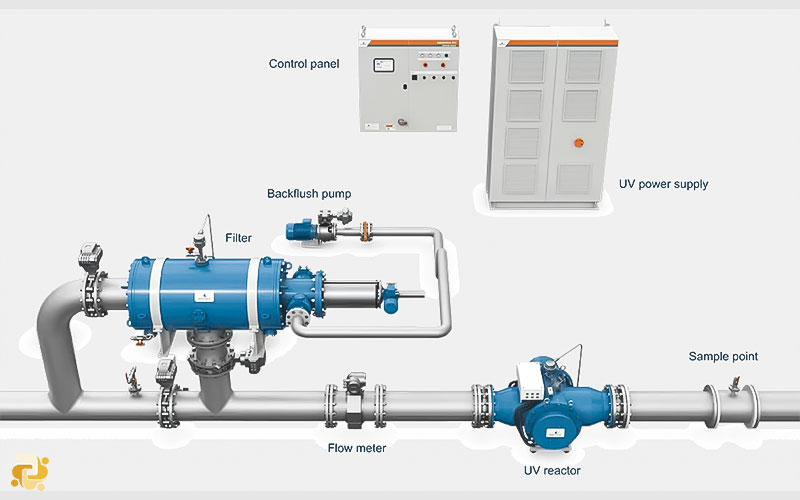
Success criteria for shipboard testing
In evaluating the performance of BWMS installation(s) on a ship or ships, the following information and results should be supplied to the satisfaction of the Administration:
- Test plan to be provided prior to testing.
- Documentation that the BWMS is of a capacity within the range of the treatment rated capacity for which it is intended.
- The amount of ballast water tested in the test cycle on board should be consistent with the normal ballast operations of the ship and the BWMS should be operated at the treatment rated capacity for which it is intended to be approved.
- Documentation of the results of three consecutive, valid test cycles showing discharge of treated ballast water in compliance with regulation D-2.
- Valid tests are indicated by uptake water, for both the control tank and ballast water to be treated, with viable organism concentration exceeding 10 times the maximum permitted values in regulation D-2.1 and control tank viable organism concentration exceeding the values of regulation D-2.1 on discharge.
Sampling regime:
- For the control tank:
- Three replicate samples of influent water, collected over the period of uptake (e.g., beginning, middle, end); and
- Three replicate samples of discharge control water, collected over the period of discharge (e.g., beginning, middle, and end).
- For treated ballast water:
- Three replicate samples of discharge treated water collected at each of three times during the period of discharge (e.g., 3 x beginning, 3 x middle, 3 x end).
Sample sizes are:
- For the enumeration of organisms greater than or equal to 50 micrometers or more in minimum dimension, samples of at least one cubic meter should be collected. If samples are concentrated for enumeration the samples should be concentrated using a sieve no greater than 50 micrometers mesh in diagonal dimension.
- For the enumeration of organisms greater than or equal to 10 micrometers and less than 50 micrometers in minimum dimension, samples of at least one liter should be collected. If samples are concentrated for enumeration the samples should be concentrated using a sieve no greater than 10 micrometers mesh in diagonal dimension.
- For the evaluation of bacteria a sample of at least 500 milliliters should be taken from the influent and treated water. In the absence of laboratory facilities on board the toxicogenic test requirements should be conducted in an appropriately approved laboratory. However, this may limit the applicability of this test.
Reporting of test results
After approval tests have been completed, a report should be submitted to the Administration. This report should include information regarding the test design, methods of analysis and the results of these analyses. The results of biological efficacy testing of the BWMS should be accepted if during the land-based and shipboard testing conducted.

